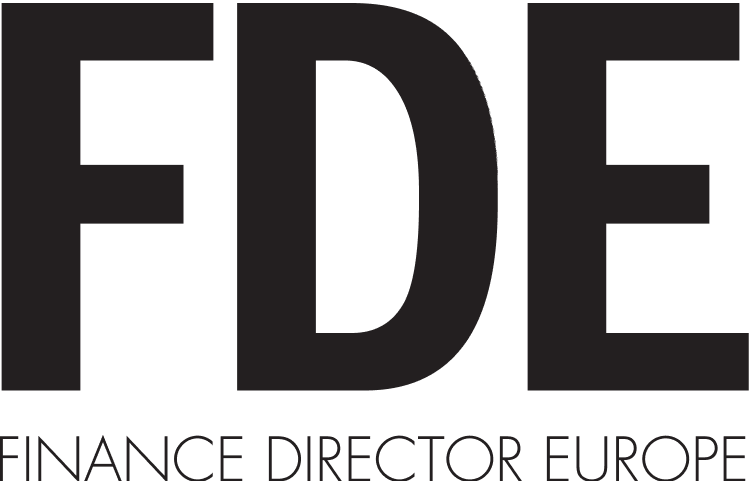
Introduction
Inflation, the rate at which the general level of prices for goods and services rises, eroding purchasing power, is a critical factor in the global economy. For the finance industry, understanding and managing inflation is paramount. Chief Financial Officers (CFOs) and business leaders in Europe must navigate the complexities of inflation to protect their organisations’ financial health and strategic positioning. This article delves into the causes and effects of inflation, its impact on the finance industry, and strategies for managing inflationary pressures.
Understanding inflation: causes and effects
Inflation occurs when the demand for goods and services exceeds their supply, leading to price increases. Several factors contribute to inflation, including:
- Demand-Pull Inflation: This happens when demand for goods and services exceeds their supply. It can be driven by economic growth, increased consumer spending, or government stimulus programmes.
- Cost-Push Inflation: This occurs when the costs of production increase, leading to higher prices for final goods and services. Factors such as rising wages, increased raw material costs, and supply chain disruptions can drive cost-push inflation.
- Built-In Inflation: Also known as wage-price inflation, this type of inflation occurs when businesses increase prices to maintain profit margins after wage increases, leading to a feedback loop of rising wages and prices.
Economic impact of inflation
Inflation can have both positive and negative effects on the economy:
- Positive Effects: Moderate inflation can stimulate economic growth by encouraging spending and investment. It can also reduce the real value of debt, benefiting borrowers.
- Negative Effects: High inflation erodes purchasing power, increases uncertainty, and can lead to reduced consumer and business confidence. It can also distort investment decisions and lead to resource misallocation.
Inflation and the finance industry
Inflation has far-reaching implications for the finance industry, affecting everything from interest rates and asset valuations to risk management and regulatory compliance.
Interest rates and monetary policy
Central banks, such as the European Central Bank (ECB), use interest rates as a primary tool to control inflation. When inflation rises, central banks may increase interest rates to cool down the economy and reduce price pressures. Conversely, they may lower interest rates to stimulate growth during periods of low inflation.
For financial institutions, changes in interest rates can impact profitability, lending, and investment strategies. Higher interest rates can lead to increased borrowing costs, reduced loan demand, and lower bond prices. On the other hand, they can also increase the returns on savings and fixed-income investments.
Asset valuations
Inflation can affect the valuations of various asset classes differently:
- Equities: Inflation can erode corporate profits and reduce the real value of future cash flows, leading to lower equity valuations. However, companies with strong pricing power and those in sectors like energy and commodities may benefit from higher prices.
- Bonds: Inflation reduces the real value of fixed-income payments, leading to lower bond prices. Inflation-linked bonds, such as Treasury Inflation-Protected Securities (TIPS), can protect against inflation.
- Real Estate: Real estate can serve as a hedge against inflation, as property values and rental incomes often rise with inflation. However, higher interest rates can increase financing costs and impact demand.
Risk management
Managing inflation-related risks is crucial for financial institutions. This involves monitoring inflation indicators, such as the Consumer Price Index (CPI) and Producer Price Index (PPI), and adjusting risk management strategies accordingly. Key risk management strategies include:
- Diversification: Diversifying investments across asset classes, sectors, and geographies can help mitigate the impact of inflation on a portfolio.
- Inflation Hedging: Using financial instruments, such as inflation-linked bonds, commodities, and derivatives, can protect against inflation.
- Dynamic Asset Allocation: Adjusting asset allocations based on inflation expectations and market conditions can help manage inflation risks.
Regulatory compliance
Inflation can also impact regulatory compliance in the finance industry. Financial institutions must adhere to regulatory requirements related to capital adequacy, liquidity, and risk management. Inflation can affect the value of assets and liabilities, potentially impacting regulatory ratios and compliance.
Case studies: inflation management in practice
Examining how financial institutions have navigated inflationary periods provides valuable insights into effective strategies and practices.
1. The European Central Bank’s Response to Inflation
In the wake of the COVID-19 pandemic, the ECB implemented various monetary policy measures to manage inflation and support economic recovery. These included maintaining low interest rates, purchasing government and corporate bonds, and providing liquidity to banks through targeted longer-term refinancing operations (TLTROs). The ECB’s proactive approach helped stabilise inflation expectations and support financial markets.
2. BlackRock’s Inflation Strategies
BlackRock, one of the world’s largest asset managers, employs various strategies to manage inflation risks. These include diversifying portfolios across asset classes, investing in inflation-linked bonds and commodities, and using dynamic asset allocation. BlackRock’s research and analytics capabilities enable it to monitor inflation trends and adjust investment strategies accordingly.
3. Swiss National Bank’s Inflation Control Measures
The Swiss National Bank (SNB) has historically used a combination of interest rate policy and foreign exchange interventions to manage inflation. By maintaining low interest rates and intervening in currency markets, the SNB aims to prevent excessive appreciation of the Swiss franc, which can lead to deflationary pressures. The SNB’s approach highlights the importance of a comprehensive and flexible monetary policy framework in managing inflation.
Outlook and emerging trends
As the global economy continues to evolve, financial institutions must stay ahead of emerging trends and developments related to inflation.
Technological Advancements
Technological advancements, such as artificial intelligence (AI) and big data analytics, are transforming the way financial institutions monitor and manage inflation risks. AI and machine learning algorithms can analyse vast amounts of data to identify inflation trends and predict future movements. This enables financial institutions to make more informed decisions and adjust strategies in real-time.
Climate Change and Inflation
Climate change is emerging as a significant factor influencing inflation. Extreme weather events, changing precipitation patterns, and rising temperatures can disrupt agricultural production, supply chains, and energy markets, leading to increased prices for food, energy, and other commodities. Financial institutions must consider the impact of climate change on inflation and incorporate climate-related risks into their risk management frameworks.
Global Supply Chain Dynamics
Global supply chain dynamics are also playing an increasingly important role in inflation. Supply chain disruptions, such as those caused by the COVID-19 pandemic, can lead to shortages of goods and increased production costs, driving inflation. Financial institutions must monitor supply chain trends and assess the impact of disruptions on inflation and economic stability.
Policy and Regulatory Developments
Policy and regulatory developments related to inflation are expected to continue evolving. Central banks and governments worldwide are reassessing their monetary and fiscal policies to address inflationary pressures and support economic recovery. Financial institutions must stay informed about policy changes and adjust their strategies accordingly.
Conclusion
Inflation poses significant challenges and opportunities for the finance industry. CFOs and business leaders in Europe must navigate the complexities of inflation by understanding its causes and effects, implementing robust risk management strategies, and staying informed about emerging trends and policy developments. By adopting a proactive and comprehensive approach to managing inflation, financial institutions can protect their financial health, optimise investment returns, and support long-term economic stability.
The path forward requires vigilance, adaptability, and collaboration. As the global economic landscape continues to evolve, financial institutions must remain agile and responsive to the changing dynamics of inflation. By doing so, they can effectively navigate inflationary pressures and ensure their organisations’ resilience and success in an uncertain world.






